Cervical Health Checklist: Exploring the Importance of Regular Cervical Screening
Cervical cancer is one of the most preventable types of cancer in the world. Despite this, in the UK there are nearly 9 new cases diagnosed every day, and it is responsible for around 850 deaths per year1. Cervical cancer develops within the cervix, which is the lower narrow part of the uterus that connects the vagina (birth canal) to the upper part of the uterus. Virtually all cases (99.8%) are caused by persistent infection with a high-risk type of Human Papillomavirus (HPV), which is a very common sexually transmitted infection (STI).
The majority of HPV infections cause no symptoms at all, and in some cases, they can cause relatively minor problems such as warts that appear on the hands, feet, or genital area. However, persistent infection with certain high-risk types of HPV can cause healthy cells in the cervix to become abnormal, which can potentially develop into cancer over time if left undetected or untreated2. This highlights the important role of regular cervical screening in the effective prevention of cervical cancer through early detection and management.
What is Cervical Screening?
The term ‘screening’ basically means to check for the presence of a particular condition or disease in individuals who are at risk of developing it before the appearance of any signs or symptoms. Therefore, like other types of screening for different types of cancer, cervical screening forms an essential part of routine health care for women and people with a cervix.
In the UK, cervical screening firstly looks for the presence of high-risk HPV infection (HPV primary screening) where a sample of cells from the cervix is obtained using a small soft brush and is sent to the lab for testing3. What takes place following the initial screening procedure will then be decided according to the results, as shown in the diagram below:
Figure 1 Test results for every 100 people who have cervical screening4
A negative result for HPV means that no HPV infection was detected, and the individual will be invited again for screening at the next routine screening appointment, which is after 3-5 years depending on the age and location. However, if the test result reveals infection with HPV, the sample will undergo further testing to look for abnormal cell changes within the cervix; if this is found, the individual will be asked to undergo a further procedure called ‘colposcopy‘, where a special instrument is used to examine the cervix more closely. However, if no abnormal cell changes were detected in the initial test (i.e. HPV positive but no abnormal cells), then the individual will be asked to return for another screening sooner than scheduled (usually after 12 months) to check again if the HPV infection is still present. This is because the immune system will usually clear the HPV infection on its own in most cases; but if not, then a colposcopy would be done for further investigation and management.
NHS Cervical Screening Programme
In the UK, the cervical screening programme invites women and people with a cervix for a screening appointment from the age of 25 to 64. This takes place every 3 to 5 years based on age and location within the UK5. In other words, in England and Northern Ireland, invitations are sent out every 3 years for those aged 25 to 49, which represents the age group with relatively the highest risk of developing cervical cancer, then every 5 years from the age of 50 to 64. Whereas in Wales and Scotland, invitations are sent out every 5 years for individuals aged between 25 and 64.
It is important to note that attendance to cervical screening appointments is still required even when vaccinated against HPV. This is because the latest HPV vaccine only helps protect against 9 HPV types, meaning that the protection it provides against HPV is not complete, and there is still a risk of developing cervical cancer3,9. Therefore, it is vital to follow a comprehensive preventative strategy that includes both HPV vaccination and regular cervical screening for optimal protection against HPV and its potential negative health effects.
Cervical screening attendance
Cervical screening is considered one of the most effective strategies in cervical cancer prevention. It is a crucial tool that allows the early detection of HPV infection, meaning that any cell changes, if found, can be monitored and effectively managed early before they even have the chance to become cancerous, therefore helping to save more lives. According to the UK National Screening Committee (UK NSC), since their official launch in 1964, cervical screening programmes are estimated to save 4,500 lives every year in the UK6.
However, despite the awareness campaigns and implementation of nationwide prevention programmes, attendance rates at cervical screening appointments remain far from ideal. According to the NHS, 1 in 3 eligible individuals are still failing to attend their scheduled screening appointment7. Furthermore, a recent report published by the NHS’s Cervical Screening Programme in England for the year 2022-23 demonstrated a decline in figures relating to the numbers of individuals screened and invitation letters sent compared to the previous year8. This issue is even greater in low to middle-income regions, where it is reported that in England, the incidence of cervical cancer cases was found to be 65% higher in the most socio-economically deprived households compared to the less deprived ones9. Numerous factors contribute to these statistics, and they act as barriers to cervical screening attendance. These include a lack of adequate awareness about HPV, cervical cancer, or screening, or could be a result of problems with accessibility, or due to the emotional response associated with the actual screening procedure and/ or test result such as fear, embarrassment, or anxiety.
The recently published figures by the NHS are deeply troubling because they reveal a serious public health problem that could result in unnecessary suffering and death to many individuals. Not attending cervical screening could result in the missed opportunity to detect HPV infections and/ or abnormal cell changes early. This could lead to the failure to prevent the development of cervical cancer and result in the situation where the cancer is eventually diagnosed at a more advanced stage when treatment is significantly more challenging. In addition to the serious health impact of cervical cancer, it is important to also take into consideration the huge financial burden that the treatment usually imposes on the affected individual, the NHS, as well as the society as a whole. According to Jo’s Cervical Cancer Trust, the NHS spends nearly £21 million yearly on cervical cancer treatment alone, and the state loses £9 million in tax revenue every year10. These figures are quite alarming, especially for a type of cancer that can be prevented in almost 100% of the cases. This emphasises the importance of early detection and management of cervical cancer when treatment is much more likely to be successful and cost-effective. Furthermore, this highlights the need to enhance accessibility to screening programmes, in addition to increasing public involvement for the improvement of health outcomes relating to cervical cancer.
Improving cervical screening: Self-sampling
Following the NHS’s pledge to eliminate cervical cancer by 2040, there is a firm recognition of the need to increase screening uptake among those who are eligible. However, while there are nationwide efforts aimed at encouraging the attendance of cervical screening appointments, it is vital that the common barriers to screening are addressed at the same time. A potential solution to these issues could be self-sampling.
Self-sampling allows individuals to take their own sample using a vaginal swab as an alternative to the cervical swab which is taken by a clinician during traditional cervical screening. A UK study called ‘HPValidate‘ was launched in 2021 to find out if vaginal self-sampling could be offered as an alternative option alongside the traditional cervical screening method11. The results of this study are expected to be released soon this year and will help provide the UK National Screening Committee (UK NSC) with vital evidence on the effectiveness of offering self-sampling as the new screening method for HPV infections. This future move would significantly improve access to vital diagnostic tools, which would subsequently help with the early detection of both HPV infections and cell changes, therefore reducing the risk of cervical cancer development. However, while it is definitely a step in the right direction, self-sampling can also have its own set of challenges or problems.
10zyme: Advancing women’s health
We’re developing a groundbreaking self-test with instant results to detect the main cause of cervical cancer: high-risk HPV. Detecting infections early prevents cancer ever developing.
By enabling self-testing, we aim to empower women, overcome stigma and anxiety, and help eliminate a disease killing hundreds of thousands a year globally. See our Education Section to find out more.
Please follow and support us on social media: LinkedIn, Instagram, and TikTok.
References
-
- Cancer Research UK (CRUK). (2015-2019). Cervical cancer statistics. [Online]. Available at: https://www.cancerresearchuk.org/health-professional/cancer-statistics/statistics-by-cancer-type/cervical-cancer [Accessed 24/01/2024]
- National Health Service (NHS). (2021). Cervical cancer. [Online]. Available at: https://www.nhs.uk/conditions/cervical-cancer/ [Accessed 24/01/2024]
- Cancer Research UK (CRUK). (2023). About cervical screening. [Online]. Available at: https://www.cancerresearchuk.org/about-cancer/cervical-cancer/getting-diagnosed/screening/about [Accessed 24/01/2024]
- National Health Service (NHS) of England. (2022). Cervical screening: helping you decide. [Online]. Available at: https://www.gov.uk/government/publications/cervical-screening-description-in-brief/cervical-screening-helping-you-decide–2#how-cervical-screening-works [Accessed 24/01/2024]
- National Health Service (NHS). (2023). When you’ll be invited for cervical screening. [Online]. Available at: https://www.nhs.uk/conditions/cervical-screening/when-youll-be-invited/ [Accessed 24/01/2024]
- UK National Screening Committee (UK NSC). (2019). Cervical cancer. [Online]. Available at: https://view-health-screening-recommendations.service.gov.uk/cervical-cancer/ [Accessed 24/01/2024]
- National Health Service (NHS) of England. (2023). Women urged to take up NHS cervical screening invitations. [Online]. Available at: https://www.england.nhs.uk/2023/11/women-urged-to-take-up-nhs-cervical-screening-invitations/ [Accessed 24/01/2024]
- National Health Service (NHS) of England. (2023). Cervical Screening Programme National Statistics, England, 2022-2023. [Online]. Available at: https://digital.nhs.uk/data-and-information/publications/statistical/cervical-screening-annual/england-2022-2023 [Accessed 24/01/2024]
- Choi, S. Ismail, A. Pappas-Gogos, G. Boussios, S. (2023). HPV and Cervical Cancer: A Review of Epidemiology and Screening Uptake in the UK. Pathogens. 12(2):298. (Online). Available at: https://www.ncbi.nlm.nih.gov/pmc/articles/PMC9960303/ [Accessed 24/01/2024]
- Jo’s Cervical Cancer Trust. (2022). Eradicating Cervical Cancer. [online]. Available at: https://www.jostrust.org.uk/sites/default/files/our_plan_to_2022_-_final.pdf [Accessed 24/01/2024]
- Mills, C. (2023). HPValidate cervical screening self-sampling study nears completion. [online]. Available at: https://nationalscreening.blog.gov.uk/2023/06/21/hpvalidate-cervical-screening-self-sampling-study-nears-completion/ [Accessed 24/01/2024]



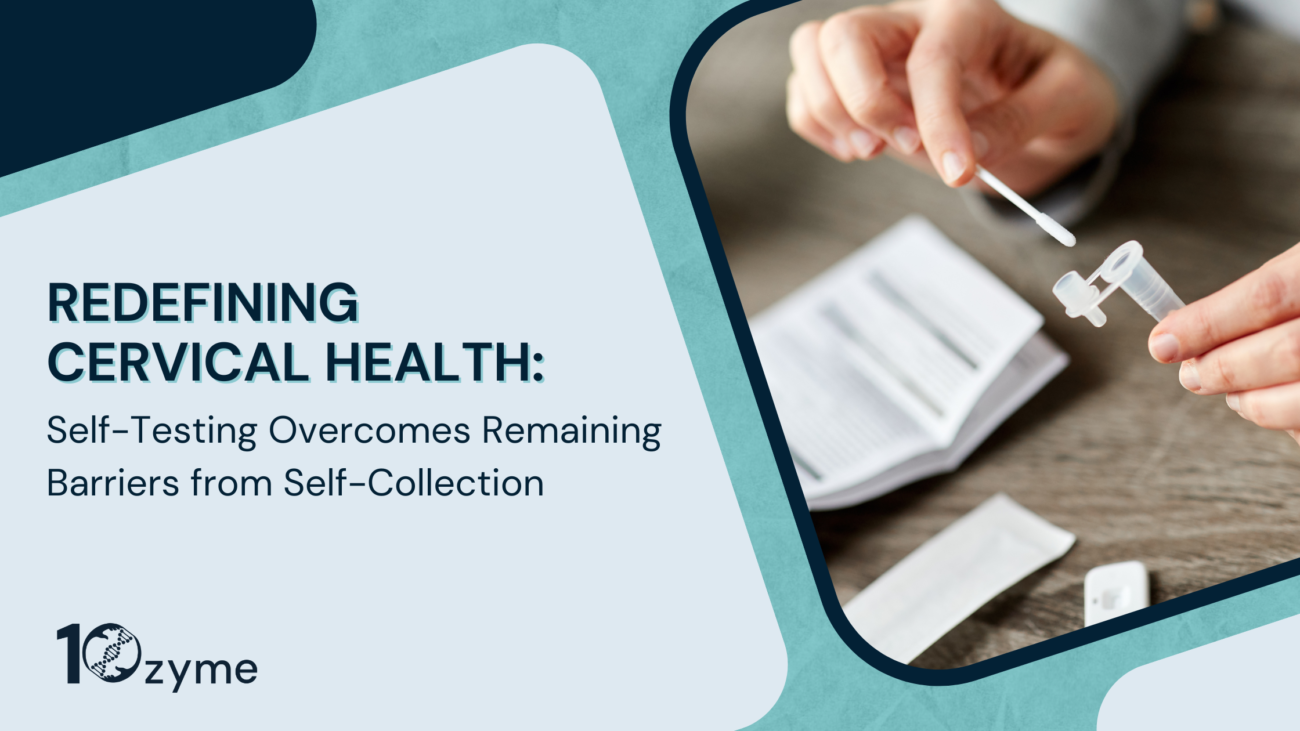
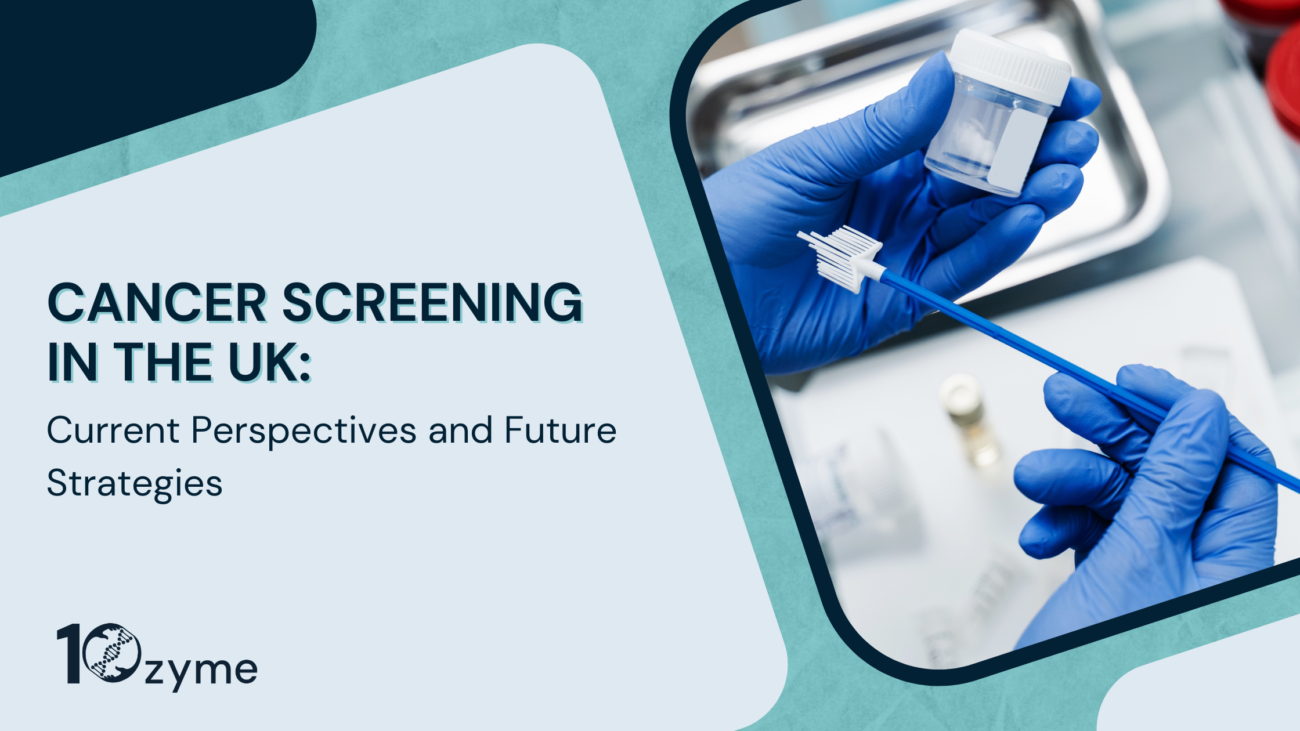
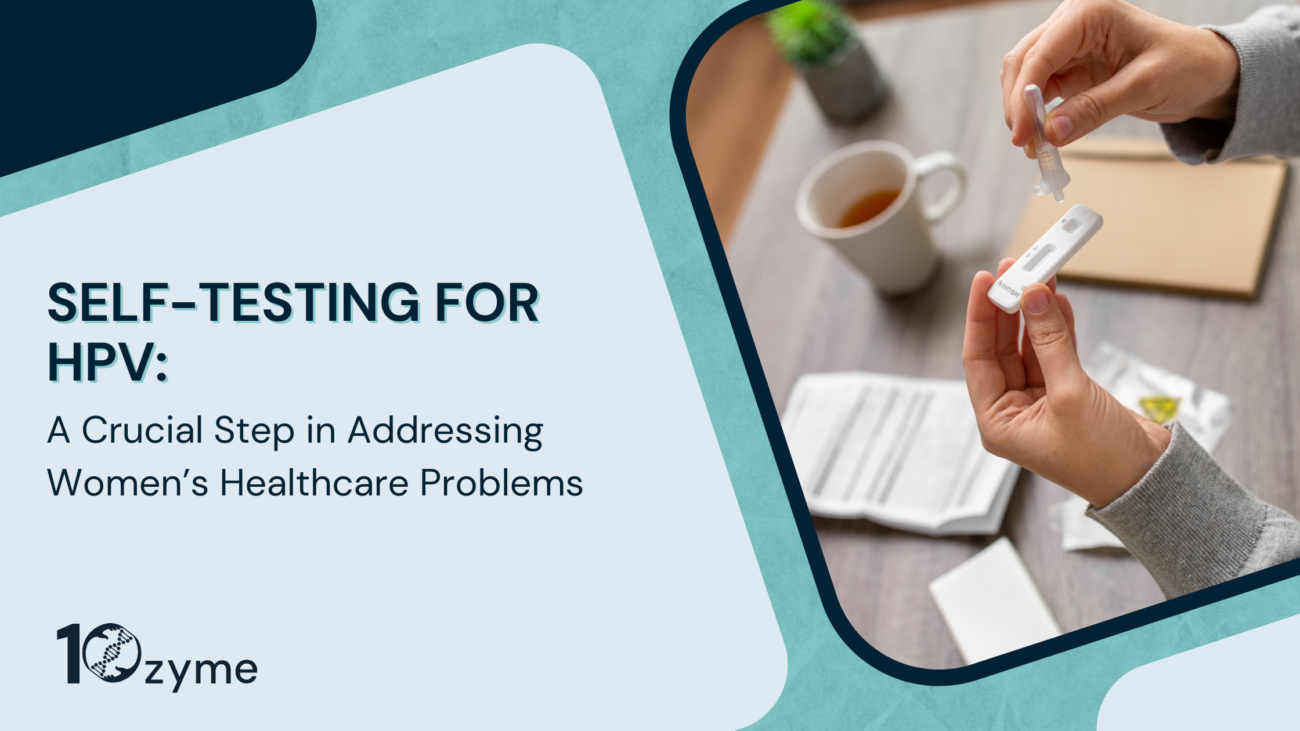
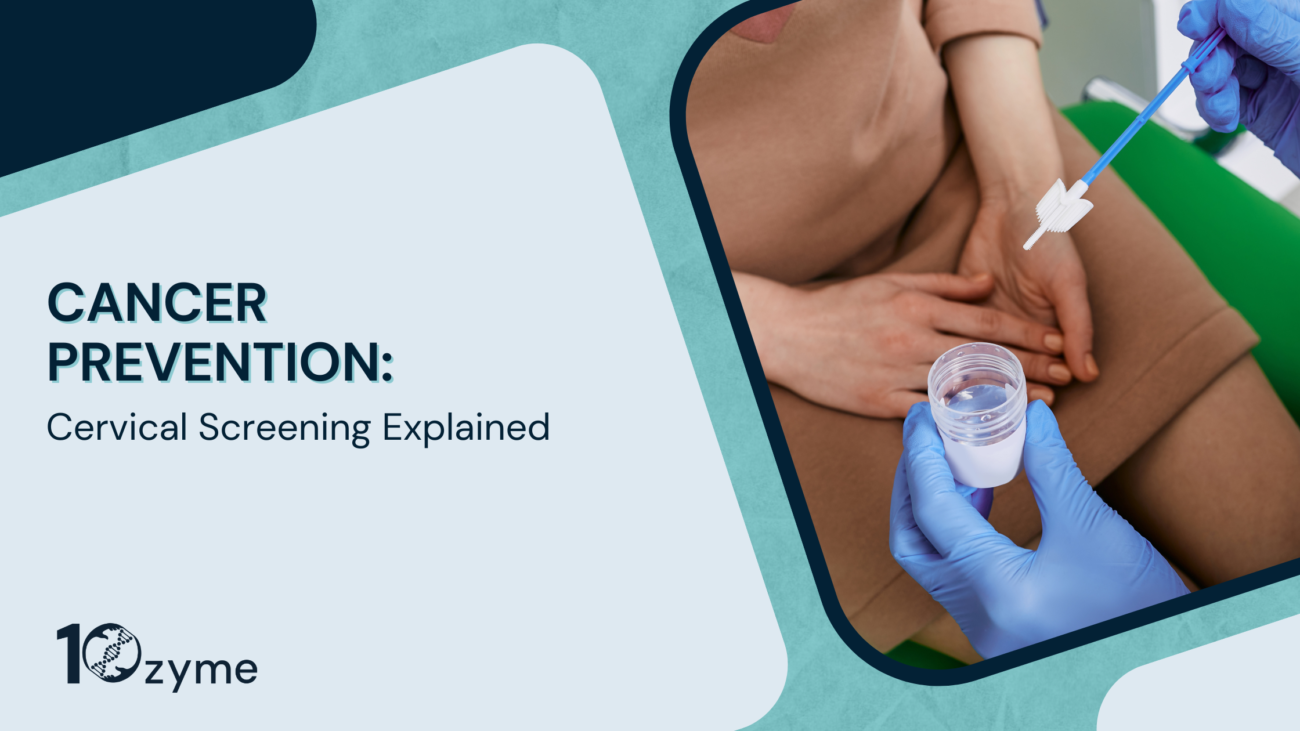
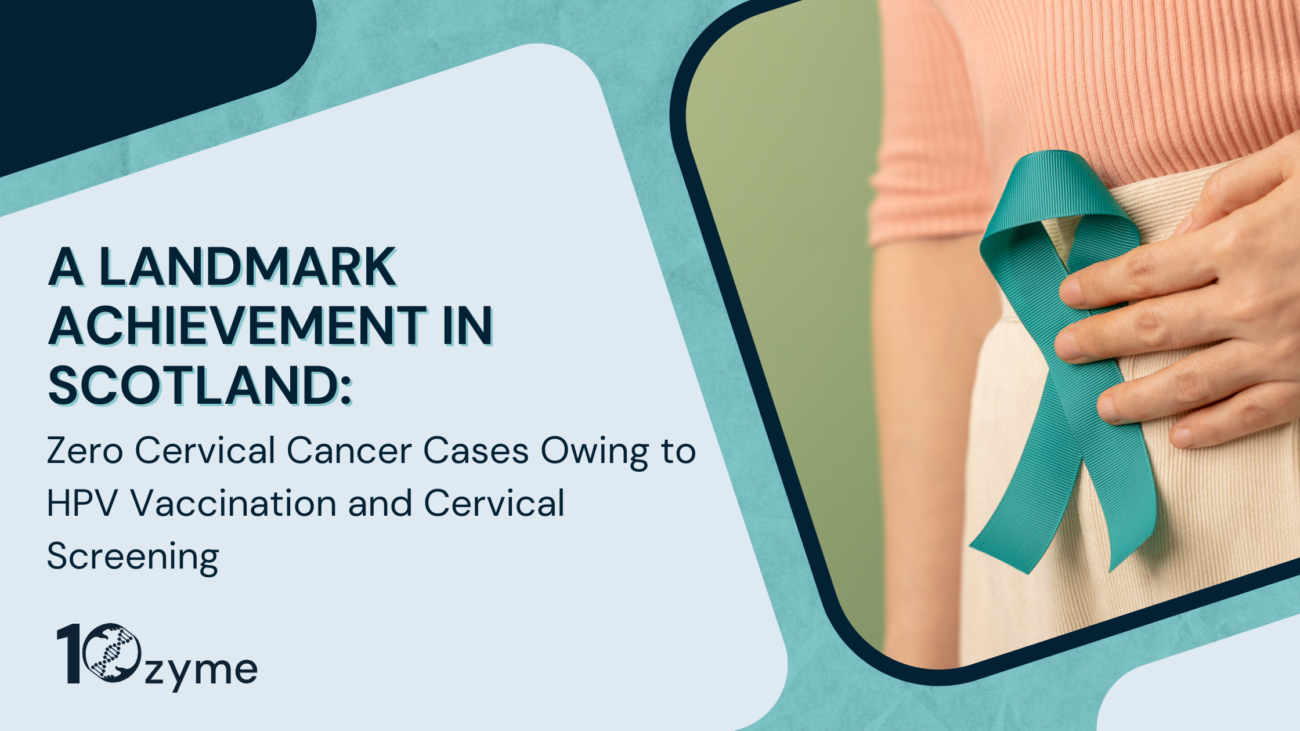
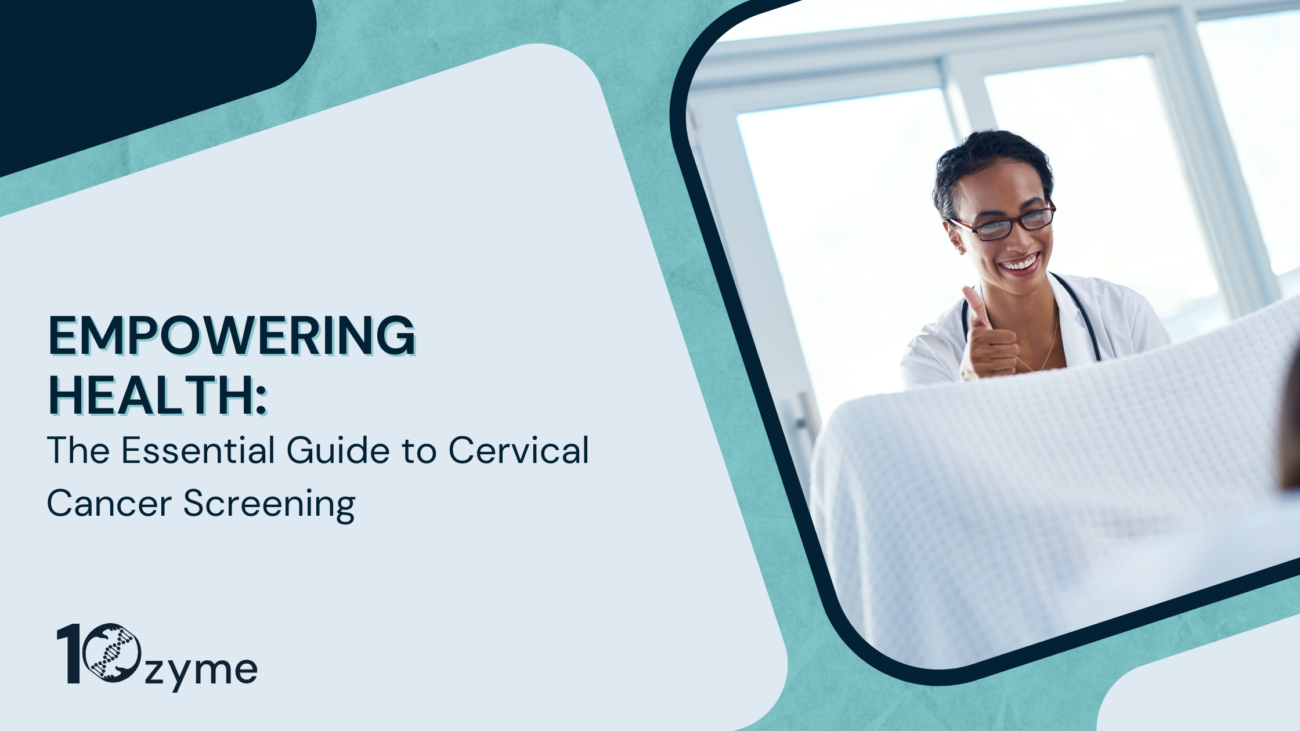

3 thoughts on “Cervical Health Checklist: Exploring the Importance of Regular Cervical Screening”